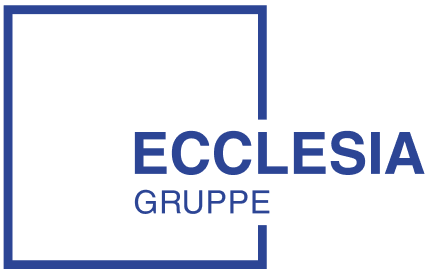
Planned G-BA decision: Which midwife delivery rooms will benefit from the funding
There are around 60 midwife delivery rooms in Germany, for which a funding pot of 20 million euros is available. The G-BA decision should now regulate who receives money from the pot. According to Vera Triphaus, midwife and risk consultant at GRB Gesellschaft für Risiko-Beratung of the Ecclesia Group, midwife-run delivery rooms that meet quality standards could be eligible for funding in the future. In this case, it would have to be stipulated that the facilities can prove that they meet the standards.
Register now: Free consultation
Are you interested in an audit of your midwife delivery room in your hospital? Arrange a short consultation now and receive a non-binding offer. Contact us today and benefit from our expertise in risk management and liability! Together we can shape the future of obstetrics safely and efficiently!
Audit procedure ensures uniform standard of care in midwife delivery rooms
The GRB Gesellschaft für Risiko-Beratung and the German Midwives Association (DHV) recognized the importance of the topic at the end of 2024 and developed an audit procedure for the midwife delivery room care model. Hospitals can be certified and thus confirm the availability of a care model in the interests of mother and child. After passing the audit, the HKS+ certificate is awarded.
“The audit process aims to achieve a uniform standard of care in the midwife delivery rooms. Safety aspects for mother and child are particularly important here, which is why the implementation of clinical risk management is absolutely essential,” explains Vera Triphaus. The special thing about the audit procedure is that it combines the midwife delivery room care model with liability and patient safety aspects. By focusing on risk management and liability, the HKS+ certificate offers added value that goes beyond pure quality standards. Hospitals benefit by keeping an eye on relevant risk aspects and key liability issues and implementing the care model holistically. “Obstetrics is a high-risk area. The interest of insurers in measures that contribute to risk and liability reduction in the field of obstetrics is immense due to the high claims for damages,” emphasizes Vera Triphaus. The combination of characteristics of the midwife-led delivery room, patient safety and liability aspects is suitable for identifying and closing existing gaps in the safety net of a midwife-led delivery room.
Midwife-led delivery room: an obstetric care model
The midwife-led delivery room is a midwife-led model in which midwives care for healthy women during pregnancy, birth and the postpartum period on the basis of an interdisciplinary selection criteria catalog. Due to the positive scientific evidence, more and more hospitals are opting for this model in order to expand their obstetric services and ensure the best possible care for mother and child.
The significance of the G-BA decision
Despite the advantages of the midwife-led delivery room, there are various obstacles to its widespread implementation. Some midwife teams see no need for implementation as they are already self-sufficient and work well with gynecologists. Other teams shy away from the additional effort and responsibility involved in implementing a midwife-led delivery room. The G-BA decision could significantly increase the acceptance and spread of midwife-led delivery rooms.
